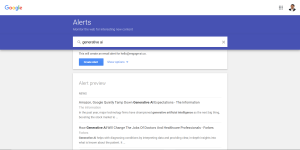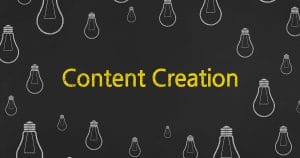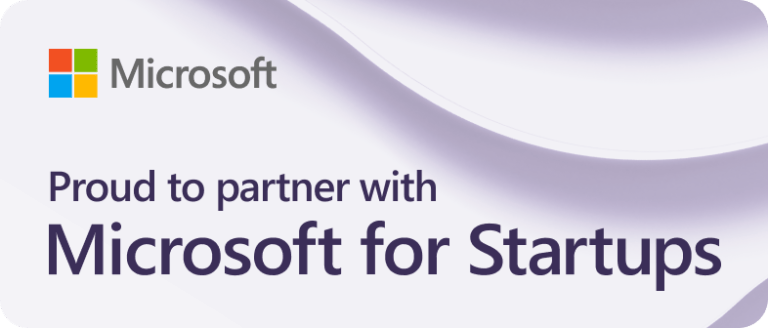You might think that your small business is the best place to work, but what happens when qualified workers don’t feel this way?
In this post, we share the top five reasons small business owners often struggle in attracting qualified workers.
1. There are more small business owners than qualified workers out there. Small business owners want to hire qualified, experienced employees, but there aren’t enough of them. This tilting ratio can be attributed to the attractiveness of self-employment to the current generation.
2. Small businesses don’t provide sufficient information about their business to attract the right employees. Vague details about your company’s services and products on your website and inactive company social media accounts may deter qualified candidates from applying to join your team.
3. Small business owners struggle to make small businesses attractive and exciting. Small businesses might not be able to offer the same rewards or benefits as large corporations, so what can they offer to make joining enticing?
4. Qualified workers need more than just a job. Small business owners have to offer more than just a paycheck for qualified workers to join them.
5. Small business owners don’t have the time or resources to implement a successful recruitment strategy. Small businesses might be too busy focusing on their own needs and struggles to recruit qualified workers successfully.
Do you resonate with one or more of the reasons above? If your answer is yes, then here is an easy step-by-step guide our business has used to attract qualified employees.
#1 Remember Who You’re Trying to Appeal
Today, Millennials and Gen-Z’s make up 35% and 5% of the US workforce respectively. By 2025, it is estimated that 75% of the global workforce would be Millennials.
Thus, it’s important to ask yourself: “What do Millennials and Gen-Z’s want?”
Here’s what we’ve learned so far. The current generation has different goals, needs and preferences:
- They need a sense of purpose. They are looking for a job that fulfils them in terms of their values or how the company impacts society as a whole.
- They need flexibility. They have many different interests, and they want to balance their personal life with their work.
- They are more educated on small businesses than ever before. As someone in the small business community, do you know what it takes to build one? How about how much money can be made from them? They also know what small businesses are and how they operate.
- They need to be rewarded for their hard work. They want a company that will allow them to grow, learn and contribute beyond just performing essential functions or tasks.
- They prefer a workspace that gives them more agency to do things the way they want to. They are more likely to choose a small business in which they can be innovative and create.
- They prefer companies with open cultures. Millennials and Gen-Z’s appreciate transparency from their employers as well as an inclusive culture where workers feel free to express themselves.
#2 Be Clear About Your Brand Purpose
It’s important to know why you’re doing what you’re doing. If small business owners have a clear vision for their company, they can make it more attractive to viable employees.
A small business owner needs to find out what their brand stands for and contribute to society. Millennials and Gen-Z’s ascribe to this mindset because they want to be a part of significant changes or movements.
#3 Complete Your Social Media Profiles and Update Them Frequently
With their technological prowess, the new generations of the labour workforce can easily retrieve information for the web. The majority, if not all, of Millennials and Gen-Z individuals prefer to do their own research online before making a final decision.
One of their sources of information is social media. Hence, you should complete your online profiles on LinkedIn, Facebook and other social media platforms. Additionally, keep your social media content updated.
By staying active and relevant on social media, you instil confidence about your brand and business in potential, qualified candidates.
#4 Personalise Your Recruitment Message
How can your small business compete with large corporations that can provide more benefits and remuneration packages? Well, it’s not probable at the moment, which is why small business owners should emphasise what they can offer that large corporations can’t.
Small businesses are a lot more personal. You can build relationships with your employees on a personal level, which is something that larger companies don’t do because they’re too big.
“Employees have more voice in the business’ direction and strategies.” It would help if you mentioned this in your job ads, but make sure you deliver on your promise.
It is also worth getting a copywriter or a team member who is good at writing in a conversational style to write the job ads. If your job ads are too cold, your small business will have difficulty attracting Millennials and Gen-Z because they are more likely to look for companies with warmer cultures.
#5 Ask Interested Candidates to Write An Expression of Interest
Are you constantly hiring the wrong people and have to go through the recruitment process again and again?
It might be time to set up an Expression of Interest form for your small business. This will help you identify who is genuinely interested in joining your team and not just applying to any job advertisement they see.
From our experience, these are the crucial questions to ask in the Expression of Interest form:
– What kind of work environment are you looking for?
– What motivates you to work hard and do your best in a small company setting?
– How would you describe yourself as a team player?
– What is your preferred working style (laid back or driven)?
– What are your top three personal values?
– What are your top three work values?
– What do you want to contribute to society?
– How would you describe yourself in a leadership role?
– What kind of leadership style do you prefer your employer to have?
Conclusion
In this post, you learned five reasons small business owners struggle to attract qualified workers and the winning strategies we at Engage AI use to attract our own talents.
Let us know if we should share more of our small business’ recruitment strategies and methods!








